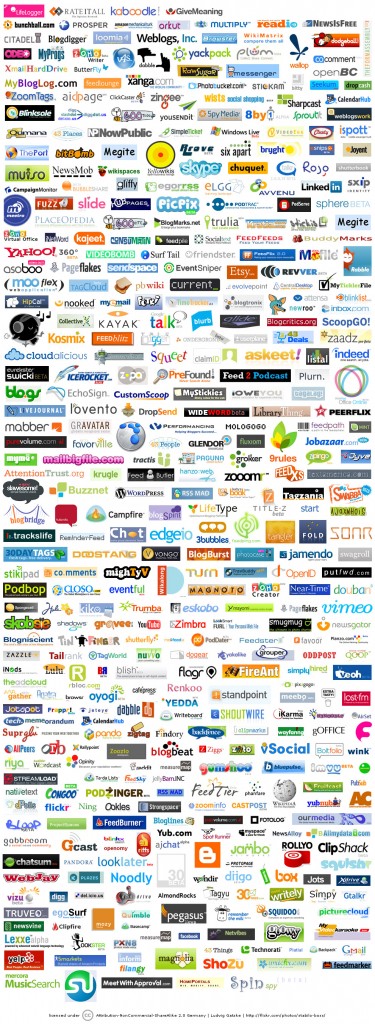If you look at the characteristics of brands admired by consumers and considered well-managed today, we see that they follow a pattern.
Brands from the 21st Century are soft, while the successful brands from the last century were hard. It is worth noting that in many cases the brands are not new, but their managers have known how to adapt to changing times.

The word “soft,” which is usually associated with negative values in the business world, and contrary to what one might expect, is in this case positive. And this is for a number of reasons (although you will probably identify more).
- Today’s soft brands dialogue and talk with consumers while brands in the past shouted at their consumers.
- Brands now listen and learn while previously brands were deaf and arrogant.
- In fact, soft brands start their sales process with the consumer at the center, talking to them as equals. No brand makes consumers feel small and insignificant like a hard brand does.
- The brands of our era design advertising campaigns that start with the consumer, while old brands ended their campaigns with the consumer.
- In the last century, brands told consumers what they were; in this century, the consumer decides what a brand is.
- The brands of this century let consumers find them, while those of the past century followed them mercilessly.
- Innovative brands understand that the consumer is the medium while hard brands believed that the media was the medium.
- Today, soft brands allow for conversations among consumers (many to many) and they, the brands, facilitate this from the center of these conversations. In contrast, yesterday’s brands spoke from above and did it as one-to-many.
- Hard brands generated publicity while soft brands generate content to help consumers tell their story. So the old brands were status brands that communicated what the customer was (they gave you a certain aura). Brands now create status stories, that is, they create situations that allow customers to live the brand and, above all, to talk about it.
- Brands of the 21st century understand that it is the consumer who is important and that he or she is hunting content in which the can play an instrumental role; meanwhile, brands of the last century hunted consumers with a central narrative (they were the important ones).
- The sales approach of 21st century brands is soft, while those of the last century went for the hard sell.
- Modern brands understand that the consumer is connected to others, while old brands saw the consumer as isolated. That’s why brands were previously a sign of individuality and now they are a sign of collaboration.
- For brands of the year 2000 and onward, the consumer is singular, an individual, with a name and surname, while old brands managed groups, segments and media channels.
- Soft brands don’t control the message, but hard brands do.
In sum, these are a number of ways – although not all – in which I find brands today to be soft (being a positive attribute).
What other interesting ways do you think brands of this century are soft and those of the last century hard? Can you share them?


